An ex-Marine who briefly defected to the Soviet Union, Lee Harvey Oswald had a turbulent life before he was accused of killing John F. Kennedy in 1963.
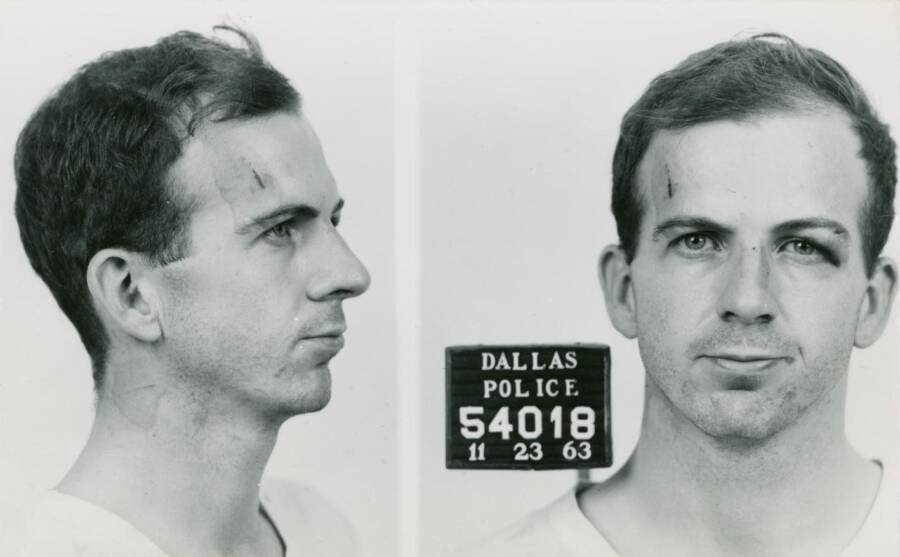
Public DomainLee Harvey Oswald’s mugshot from November 23, 1963, the day after the Kennedy assassination.
Lee Harvey Oswald has been called many things. “Assassin.” “Loner.” “Failure.” And, in his own words, “a patsy.” So who was Lee Harvey Oswald, the man who the Warren Commission declared had acted alone in assassinating President John F. Kennedy on November 22, 1963?
Like the Kennedy assassination itself, Oswald’s story has been the subject of intense scrutiny for 60 years. Though he was just 24 when he died — shot by Jack Ruby two days after his arrest — Oswald had led an eventful life.
Said to be a loner from a young age, Oswald had served in the U.S. Marines, briefly defected to the Soviet Union, and become enamored with Cuba and Fidel Castro. He’d long contemplated his place in history, and even attempted another assassination months before November 1963.
In the end, his name will always be tied to the assassination of John F. Kennedy. But the role Oswald played in the murder of the president — and whether he acted alone — remains a hotly contested question to this day.
The Boy With “Potential Dangerousness”
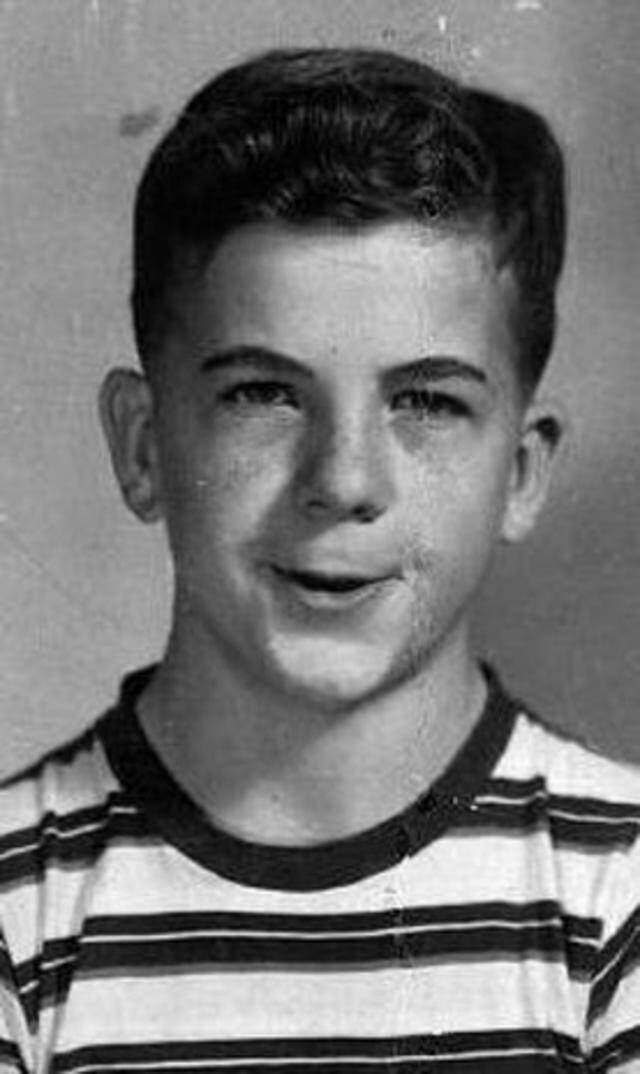
Warren CommissionLee Harvey Oswald in the early 1950s.
Lee Harvey Oswald’s life was tumultuous from the start. Born in New Orleans on October 18, 1939, two months after his father died of a heart attack, Oswald spent his early life in an orphanage with his two brothers.
He rejoined his mother when she remarried, and spent his childhood in Fort Worth, Texas, the Bronx, New York, and back in his hometown of New Orleans. Along the way, Oswald was often left alone and started to exhibit behavioral problems like fighting with classmates. A social worker described him as emotionally detached and like “a kid nobody gave a darn about.”
CBS News reports that at least one mental health professional went a step further. When Oswald was examined by Dr. Renatus Hartogs, the chief psychiatrist at New York’s Youth House for Boys, at the request of the Bronx Children’s Court, Hartogs found Oswald to be emotionally disturbed. He declared that the boy was defiant, suspicious, overly sensitive, and vengeful. Tellingly, Hartogs also said that Oswald exhibited “potential dangerousness.”
Back in New Orleans, Oswald struggled in school and dropped out in the 9th grade. But he became a voracious reader, especially intrigued by socialism and Marxism. According to PBS, his interest in socialism began in the 1950s, when Oswald learned about the upcoming executions of Ethel and Julius Rosenberg, who had been found guilty of spying for the Soviet Union.
“I was looking for a key to my environment, and then I discovered socialist literature,” Oswald wrote in his diary. He added: “I had to dig for my books in the back of dusty shelves of libraries.”
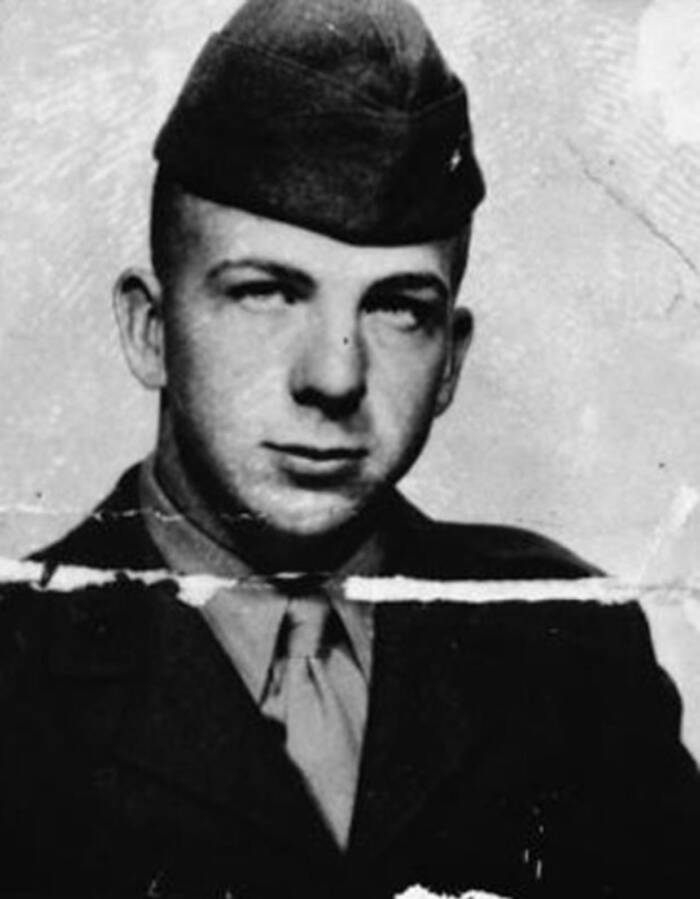
Warren CommissionLee Harvey Oswald became a talented sharpshooter after he joined the U.S. Marines.
Though Oswald briefly reentered high school, he dropped out again at 17. In 1956, he joined the Marine Corps, where his interest in socialism made an impression on his fellow servicemen. They called him “Osvaldovich.”
“If you complained about, ‘Oh, we’ve got to go on a march this morning’ or ‘We’ve got to do this this morning,’ scrub barracks or whatever we had to do, if you were complaining about it, [Oswald] would — he would say that that was the capitalist form of government making us do these things,” Oswald’s fellow Marine, Owen Dejanovich, later recounted to PBS. “Karl Marx and his form of government would alleviate that.”
Lee Harvey Oswald became a talented sharpshooter while in the Marines, but military life was not for him. He was court-martialed twice, once for having an illegal weapon and once for displaying violent behavior, and he ultimately left the service after three years.
Then, Oswald went to Europe.
Lee Harvey Oswald’s Defection To The U.S.S.R.
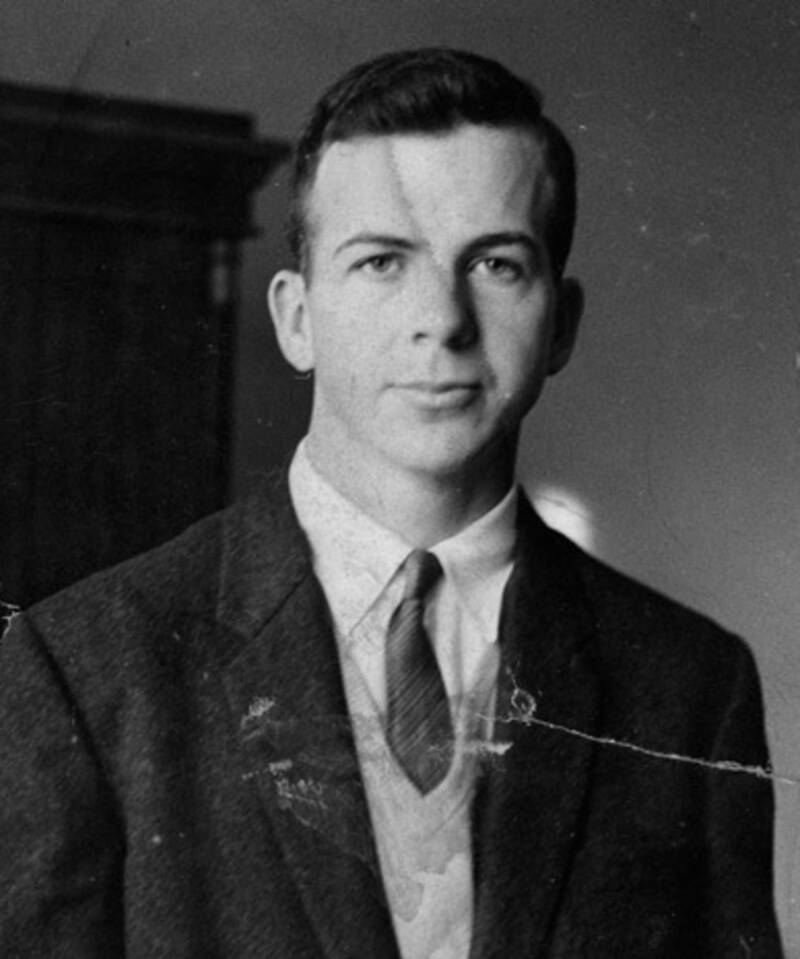
NARA/President John F. Kennedy Assassination Records CollectionLee Harvey Oswald, pictured around the time he defected to the Soviet Union. Circa 1959.
In 1959, Lee Harvey Oswald traveled to Moscow. Determined to practice what he’d preached in the Marines, Oswald tried to become a Soviet citizen.
“I want citizenship because I am a communist and a worker,” he wrote, according to the Assassination Archives and Research Center. “I have lived in a decadent capitalist society where the workers are slaves.”
To Oswald’s shock, his request was initially denied.
“I am shocked!! My dreams!,” he scrawled in a hysterical diary entry. “My fondes [sic] dreams are shattered… I decide to end it. Soak rist [sic] in cold water to numb the pain. Than slash my left wrist.”
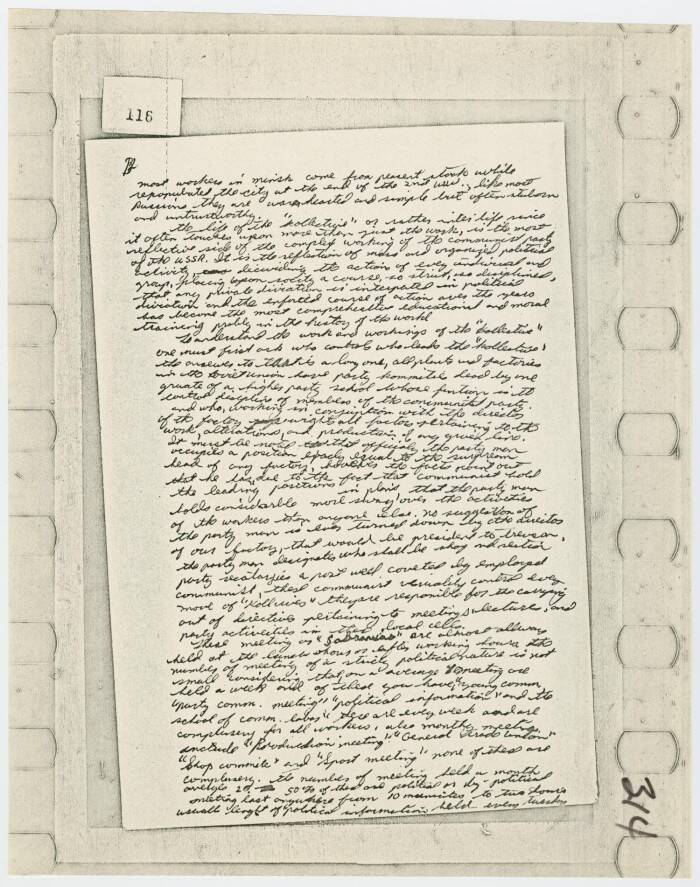
Dallas Police DepartmentA page from Lee Harvey Oswald’s diary.
Oswald did indeed attempt to die by suicide, after which the Soviet Union granted him asylum. Oswald took the additional step of informing the U.S. Consulate in Moscow that he wished to renounce his U.S. citizenship. However, as the National Archives notes, Oswald did not take “the steps required by the statute and regulations to effect his renunciation.”
In 1960, Oswald made his way to Minsk, where he met his future wife, Marina Prusakova. They lived together in an apartment where the KGB installed listening devices in case Oswald was a spy. As the BBC reports, however, their listening devices didn’t pick up anything suspicious. Instead, they recorded frequent arguments between Oswald and Marina.
“You sleep until 10 in the morning and you don’t do anything,” Oswald said in one recording. “You could be cleaning up during that time.”
“I need my sleep,” Marina replied. “If you don’t like it, you can go to your America… You’re always finding fault; nothing’s enough, everything’s bad.”

U.S. National ArchivesMarina Prusakova was 19 years old when she met Lee Harvey Oswald. They were married in 1961.
“You’re ridiculous,” Oswald retorted. “Lazy and crude.”
By February 1961, Oswald had grown tired of living in the Soviet Union. He contacted the U.S. Embassy and declared that he wanted to move back to the United States. And by June 1962, Lee Harvey Oswald, his wife Marina, and their newborn daughter, June, had relocated to Texas.
Much had changed since Oswald had left in the 1950s. Then, Dwight D. Eisenhower had been president. By the time he returned, a charismatic Democrat named John F. Kennedy had been elected.
Before long, Oswald and Kennedy were on a collision course that would change the entire world. But Lee Harvey Oswald had an eventful year even before he was arrested for the president’s 1963 assassination.
Lee Harvey Oswald’s Activities Leading Up To The JFK Assassination
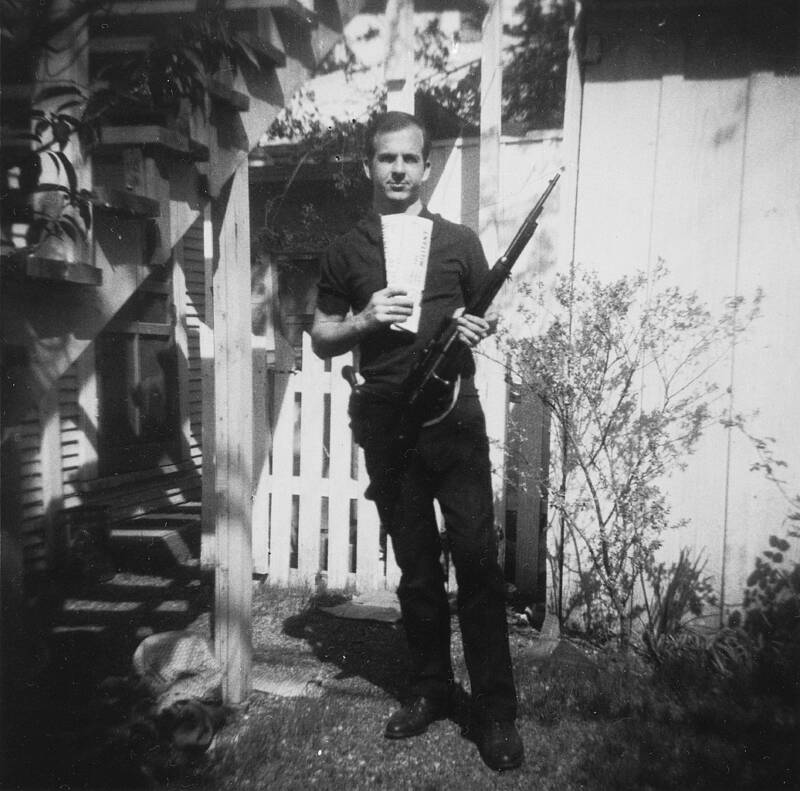
Warren CommissionLee Harvey Oswald posing with his rifle. Authorities later tied the gun to both the attempted assassination of former U.S. Army general Edwin Walker and the assassination of President John F. Kennedy.
Early on in 1963, Lee Harvey Oswald prepared for an assassination — not of President Kennedy but of former U.S. Army general Edwin Walker. By then, Oswald had become enamored with Cuba and, as HISTORY notes, likely targeted Walker for his anti-communist, anti-Fidel Castro views.
He set up a post office box under the fake name Alek J. Hidell (his wife suspected that “Hidell” was an homage to “Fidel”) and began to order weapons. Oswald ordered both a 6.5 mm Carcano Model 91/38 rifle and a .38 revolver in the spring of 1963, and posed for photos holding the rifle in the backyard of his Dallas home.
On April 10, 1963, Oswald put his plan into action. As HISTORY reports, Oswald made his way to Walker’s Dallas neighborhood, crouched behind a fence, and fired at Walker through the window. He missed the general’s head by an inch and fled home, where he told Marina what he’d done.
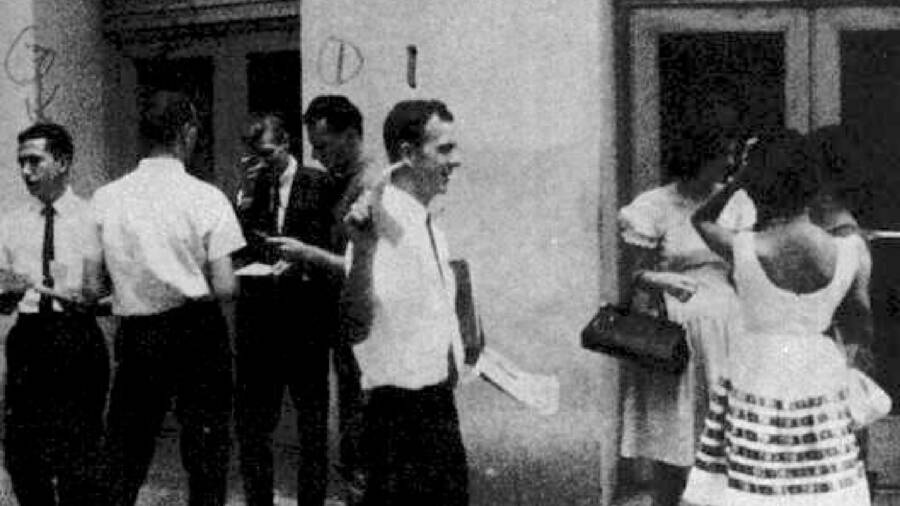
Public DomainLee Harvey Oswald passing out “Fair Play for Cuba” leaflets in New Orleans. August 16, 1963.
“He said that he just tried to shoot General Walker,” Marina later testified before the House of Representatives. “I asked him who General Walker was. I mean, how dare you to go and claim somebody’s life?”
Marina claimed that Oswald then responded: “Well, what would you say if somebody got rid of Hitler at the right time? So if you don’t know about General Walker, how can you speak up on his behalf?”
Two weeks later, Oswald briefly moved to New Orleans, where he’d further immerse himself in the pro-Castro cause. Oswald served as secretary for an organization called Fair Play for Cuba, and was arrested in August for arguing with anti-Castro activists while passing out “Hands off Cuba!” fliers.
The next month, Oswald even traveled to Mexico City in hopes of securing passage to Cuba — or back to the U.S.S.R. But both attempts failed. Instead, Oswald moved back to Texas, where he soon learned about a job opening at the Texas School Book Depository in Dallas. Around the time he got the job, Marina gave birth to the couple’s second child, a daughter named Audrey.
The Assassination Of John F. Kennedy
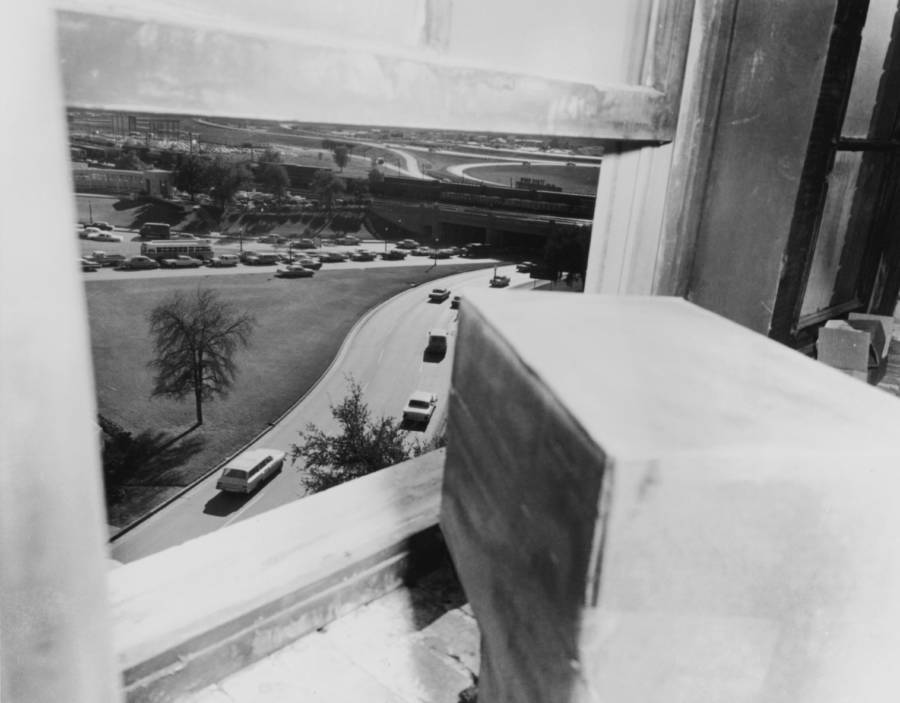
Hulton Archive/Getty ImagesThe view from the sixth floor of the Texas School Book Depository.
On November 22, 1963, President John F. Kennedy arrived in Dallas.
At 12:30 p.m., as his motorcade made its way past the Texas School Book Depository, three shots suddenly shattered the clear day. Chaos erupted. People screamed and scattered, Kennedy slumped forward, and a Secret Service agent named Clint Hill charged toward the president’s vehicle, throwing himself on the back of the car to protect First Lady Jacqueline Kennedy, as she reached back in shock for fragments of the president’s brain.
Two of the bullets had hit their mark. As the Warren Commission later established, one bullet hit Kennedy in the back and exited through his throat. It continued on to Texas Governor John Connally, who was sitting in front of the president, entering through Connally’s back and exiting through his chest, then hitting Connally’s right wrist and piercing his left thigh. (The “magic bullet theory” refers to this bullet’s impressive trajectory).
The second bullet hit Kennedy in the head, killing him. At 1 p.m., to the shock of the world, the 46-year-old president was declared dead.

Public DomainA diagram provided to Congress, which shows how one of the bullets passed through JFK’s brain.
As news of the Kennedy assassination spread, investigators worked feverishly to catch the killer. They got a break in a grisly way, when Dallas police officer J.D. Tippit stopped Lee Harvey Oswald about two and a half miles from where the president was shot. But as Tippit — who the Warren Commission believed confronted Oswald because he matched the description of the suspected killer — got out of his car, Oswald shot him.
Seven people witnessed Tippit’s murder, according to PBS, and police arrested Oswald less than 30 minutes later when he snuck into Texas Theater. At that point, authorities had established that multiple witnesses had reported that it was Oswald who killed Tippit. He was also the only unaccounted-for employee from Texas School Book Depository.
It seemed that the perpetrator of the JFK assassination had been caught, but Oswald denied his involvement. As he was ushered past journalists at the Dallas Police Headquarters, he was asked if he’d shot the president.
“I didn’t shoot anybody, no sir,” he responded. At one point, he said, “I’m just a patsy.” But Lee Harvey Oswald would never have his day in court.
The Death Of Lee Harvey Oswald And Lingering Questions About The JFK Assassination
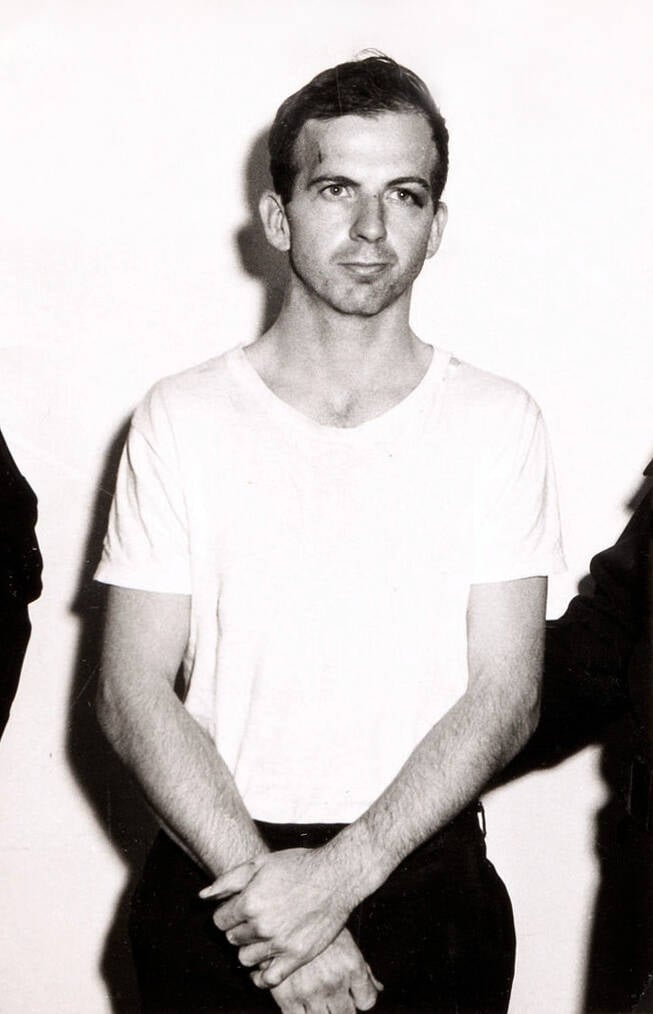
Warren Commission Lee Harvey Oswald on November 23, 1963.
Between his arrest on November 22, 1963 and his death on November 24, 1963, Lee Harvey Oswald was interrogated for about 12 hours. He denied that he’d shot the president, denied owning a rifle, and, when presented with photos of himself holding a rifle, claimed the pictures were fake. (In 2009, a digital analysis of the rifle photos concluded that they were authentic.)
Then, two days after the assassination of the president, the Dallas police fatefully decided to transfer Oswald to the county jail.
“I put the handcuffs on him,” James Leavelle, a former Dallas police officer who accompanied Oswald on the 24th, recounted to PBS, “and in the process of doing that, I more in jest kind of said, ‘Lee, if anybody shoots at you, I hope they’re as good a shot as you are,’ meaning, of course, that they’d hit him and not me. And he kind of laughed and he said, ‘Oh, you’re being melodramatic,’ or something to that effect. ‘Nobody’s going to shoot at me.'”
But, of course, that’s exactly what happened. As the police walked Oswald past a waiting crowd, a Dallas nightclub owner named Jack Ruby leapt forward and fatally shot Oswald in the stomach.
Lee Harvey Oswald was dead. But questions about the assassination of John F. Kennedy and Oswald’s role in it have lingered ever since.
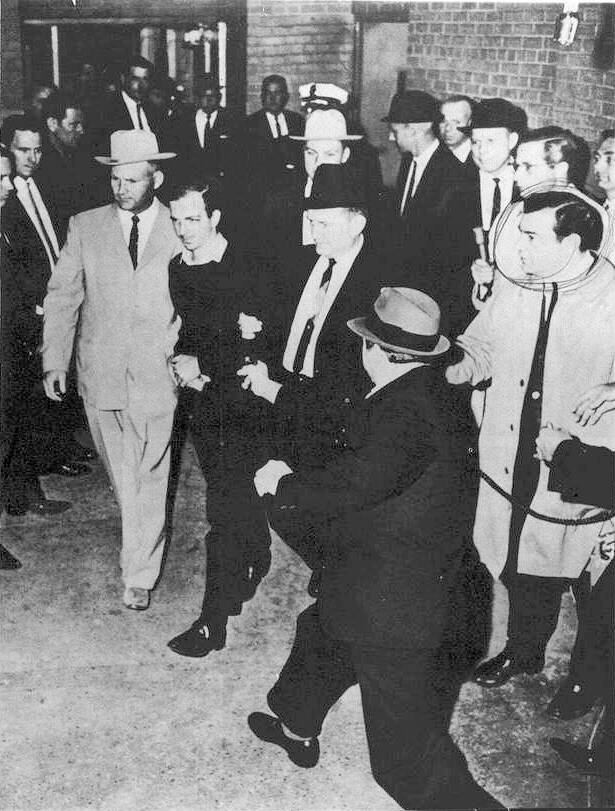
Public DomainThe moment Jack Ruby leapt forward and shot Lee Harvey Oswald, as captured by Dallas Morning News photographer Jack Beers. James Leavelle is next to Oswald in the white hat.
In 1964, the Warren Commission declared that Oswald had acted alone in assassinating Kennedy, though it could “not make any definitive determination of Oswald’s motives,” which may have included his resentment of authority, his inability to form meaningful relationships throughout his life, his desire to do something that would make history, his capacity for violence, and his Marxist and communist beliefs.
There was also physical evidence. As CBS News reports, ballistic tests suggested that the rifle used to attack General Edwin Walker in April 1963 was the same one used to kill President John F. Kennedy in November 1963.
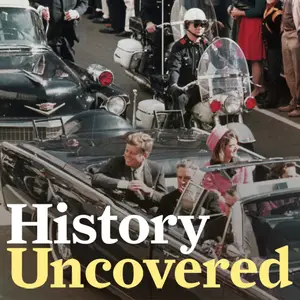
But that hasn’t stopped many from asking questions. From a certain angle, footage from the assassination appears to capture strange moments like a man opening an umbrella — despite the good weather — and a mysterious woman wearing a babushka. In 1967, New Orleans District Attorney Jim Garrison even launched his own investigation into the Kennedy assassination, which investigated men like Clay Shaw and David Ferrie.
Other investigations, like the one by the journalist Dorothy Kilgallen — who died during the course of her research — have also raised questions about the possible involvement of mobsters like Carlos Marcello, as well as the CIA and even foreign powers like Cuba and the U.S.S.R.
In 1976, the House Select Committee on Assassinations muddied the waters further by declaring that it was possible that Oswald had not acted alone, noting “on the basis of the evidence available to it, that President John F. Kennedy was probably assassinated as a result of a conspiracy.”
So who was Lee Harvey Oswald? Sixty years after the assassination of President Kennedy in Dallas, that remains a subject of debate.
After reading about Lee Harvey Oswald, discover the stories of two lesser-known presidential assassins: Charles Guiteau, who killed James Garfield in 1881, and Leon Czolgosz, who murdered William McKinley in 1901.





